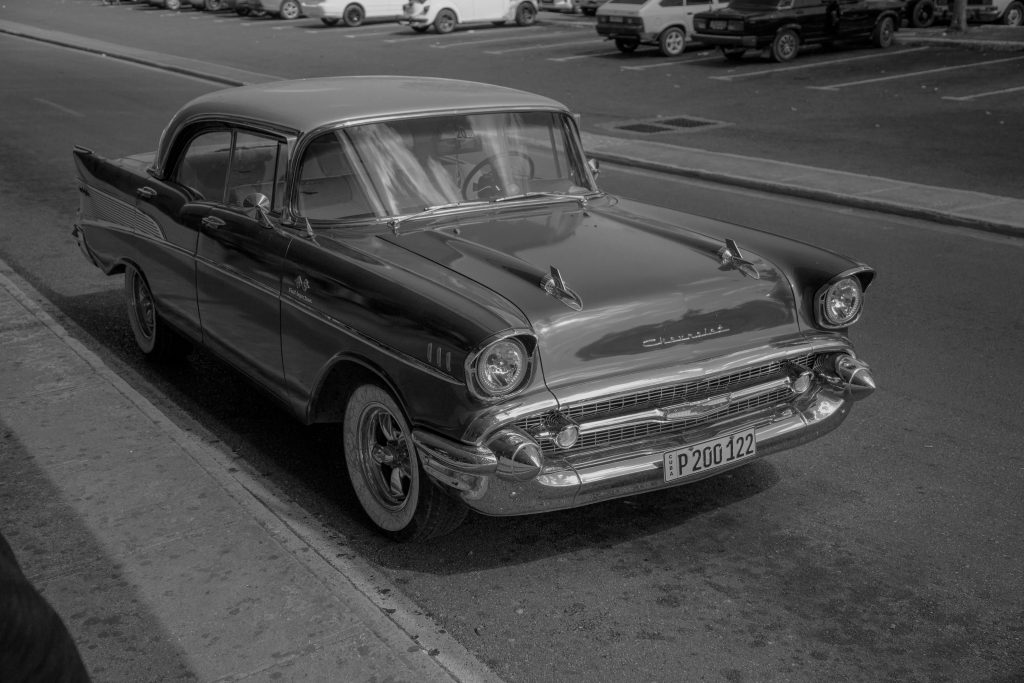
“You want to maintain the inside looking stock and not like some sort of science experiment,” EV West founder Michael Bream counsels on how to electrify vintage cars. To car buffs, the fascination with vintage GM models isn’t merely about nostalgia it’s about what these icons can do in a fast-evolving automotive world. With the industry shifting toward crossover hegemony and electrification, not only is the question about which GM vehicles should come back, but how exactly they can be revived for a new generation.
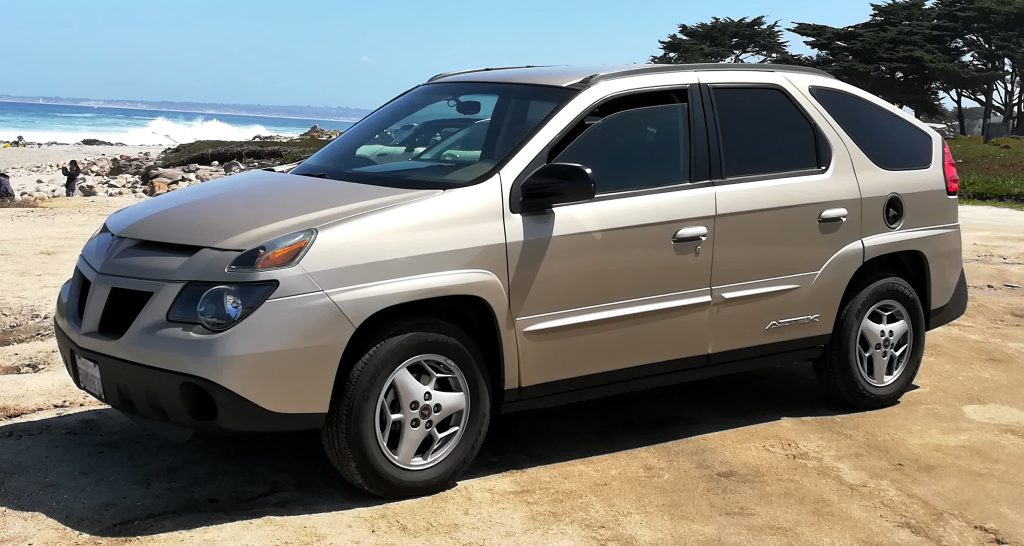
This listicle delves into the most intriguing discontinued GM models some odd, some favorite, all missed and matches them with the newest trends and engineering wisdom that’s influencing the future of classic car revivals. From the ill-fated Pontiac Aztek to the cult-hit Chevy El Camino, and the emerging wave of EV restomods, these tales provide a glimpse into what might be the next chapter for GM and its devoted fanbase.

1. Pontiac Aztek: From Breaking Bad to Cult Icon
The Pontiac Aztek, which was once ridiculed for its outside-the-box appearance, has undergone a dramatic change in popular opinion. Its starring role as Walter White’s vehicle on “Breaking Bad” solidified its place in popular culture, but the Aztek’s true legacy is its forward-thinking design features. Equipped with a 185-horsepower V6, available all-wheel drive, and an iconic camping package that included a tent and air mattress, the Aztek predated today’s explosion in overlanding and adventure vehicles. In the market today, where “ugly is cool” and practicality is cherished, the Aztek’s mix of functionality and oddness may have a new following. The success of crossovers such as the Hyundai Santa Cruz and Ford Maverick, which combine car-like comfort with truck capability, hints that a contemporary Aztek maybe as an electric vehicle can be more than a joke; it can be a trendsetter.
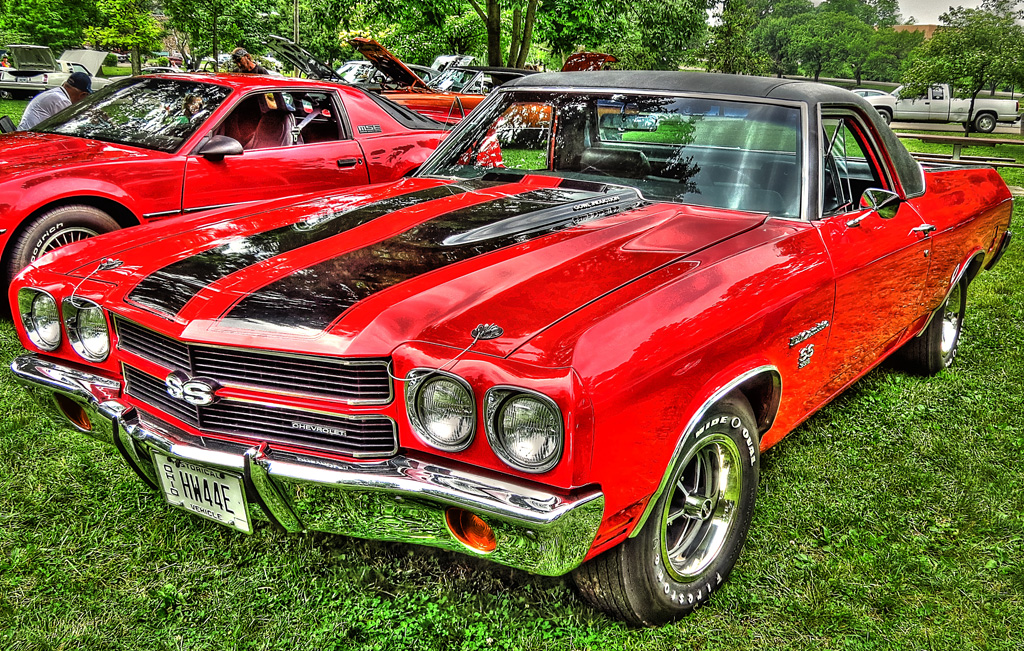
Image Credit to Wikimedia Commons
2. Chevy El Camino: The Original Car-Truck Hybrid Ripe for Reinvention
The Chevy El Camino’s path from hybrid ignoramus to cult hero reflects wider shifts in car tastes. Originally introduced in 1959, the El Camino fought against Ford’s Ranchero, only to reappear in 1964 and become a muscle-hulk icon by the 1970s. Its car-truck configuration provided utility and performance alike, particularly in SS form with high-revving V8s. As HotCars points out, the El Camino “enabled muscle car buyers to rationalize what would otherwise be a maddeningly impractical buy.” In today’s world with crossovers and compact trucks making inroads, the formula used by the El Camino appears farsighted. An electric, updated El Camino could turn the tables on the sales success of the Maverick and Santa Cruz, particularly as GM makes its EV truck portfolio bigger with introductions such as the Silverado EV. The El Camino’s DNA workhorse and weekend cruiser hybrid continues to be an attractive template for innovation.
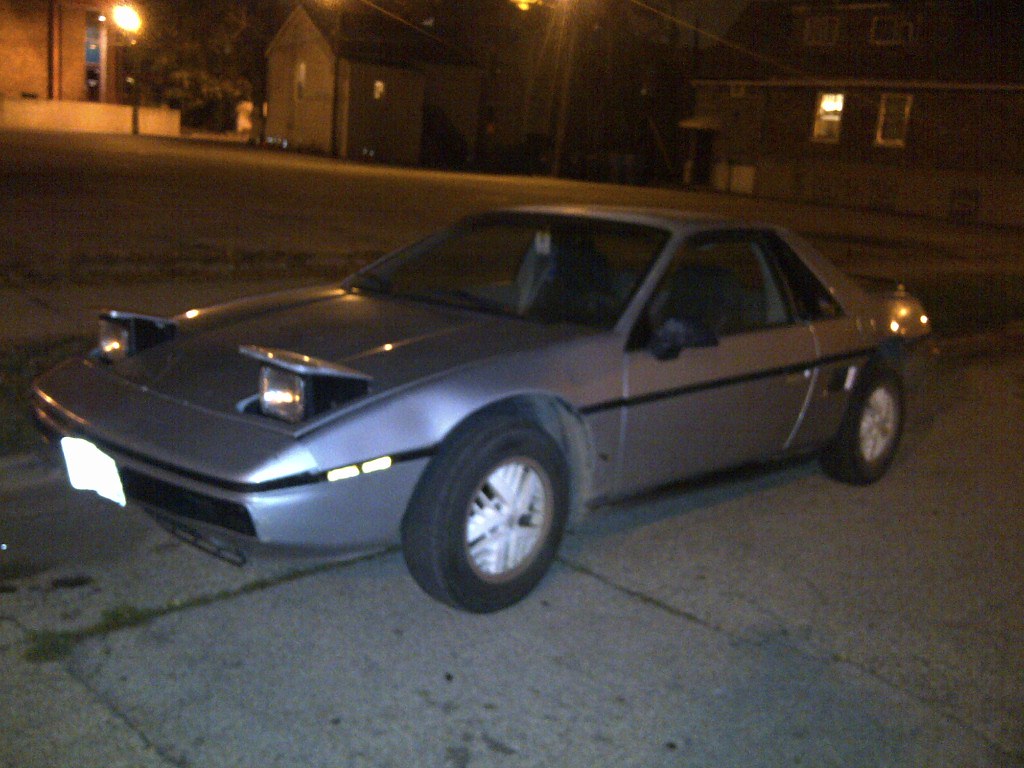
3. Pontiac Fiero: Mid-Engine Dreams and the EV Performance Frontier
The Pontiac Fiero’s short, hot life is the stuff of legend. It arrived in 1984 as a budget, mid-engine two-seat roadster, and the Fiero was riddled with early reliability problems most notoriously, design-induced engine fires. But by 1985, GM had resolved these problems, and the Fiero became a truly fun and innovative sports car. The Fiero’s is the tale of potential unreached: born as a Corvette competitor, it was ended up being sold as an economy car, never permitted to reach its full performance potential. In the current climate, with mid-engine configurations now de rigueur (check out the C8 Corvette) and EV technology allowing new avenues for compact power, the Fiero might be an organic choice for a revival. As restomod shops modernize vintage platforms with electric powertrains, the prospect of a Fiero revival in the form of a cheap, electric sports car is no longer in the realm of fantasy.

4. Buick GNX: Turbocharged Heritage Meets Modern Muscle
The Buick GNX, a dark, turbocharged coupe conceived in the dying breaths of the muscle car era, is one of GM’s greatest performance legends. In 1987, the GNX shocked with a 276-horsepower turbo V6 outpacing even the Corvette of the time. Its all-black appearance and sleeper status have only fueled its mystique. The GNX’s short production cycle and cult status ensure it is an ideal candidate for a revival, particularly as carmakers experiment with electrified muscle cars. As GM continues to invest in performance EVs and hybrid powertrains see the Corvette E-Ray the GNX’s combination of stealth and velocity could be reimagined for a new generation. The problem, history indicates, is not so much technical but cultural: can GM reclaim the magic without losing the brand’s heritage?
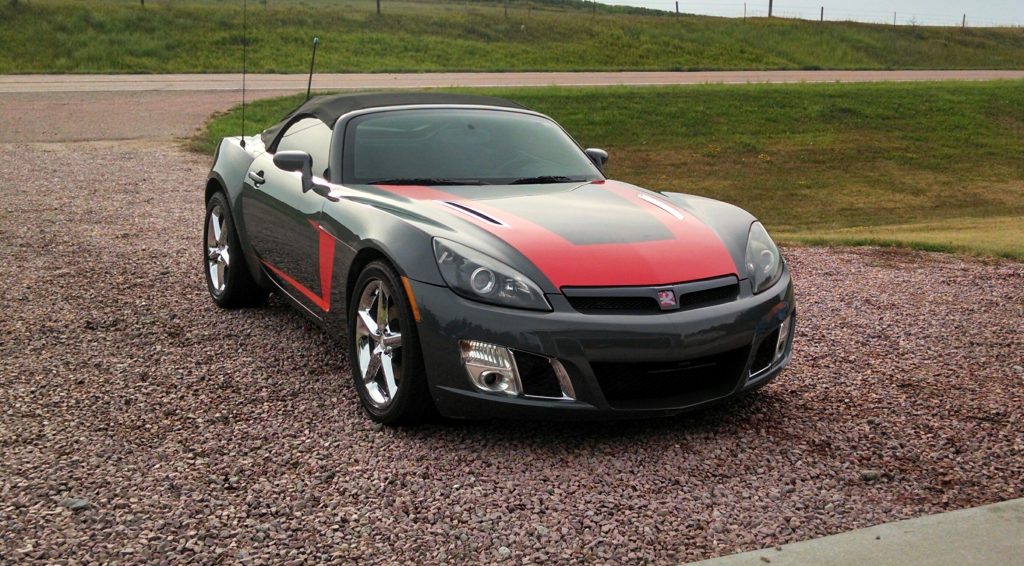
5. Saturn Sky: Budget Roadster with Undiscovered Potential
The Saturn Sky, an ill-fated but beautiful roadster, is the best example of GM’s sporadic bouts of design boldness. In 2007, it was introduced as a twin to the Pontiac Solstice, the Sky providing crisp styling and a peppy turbocharged engine in Red Line form. Its demise in 2010, when Saturn folded, created a hole in the budget convertible sector. While the Mazda MX-5 is still the class benchmark, however, the Sky’s individuality and GM Ecotec engine might appeal again especially with its styling reimagined as an electric convertible. As EV tech continues to evolve and interest in open-top driving remains strong, a re-released Sky might provide both heritage and high-tech appeal.
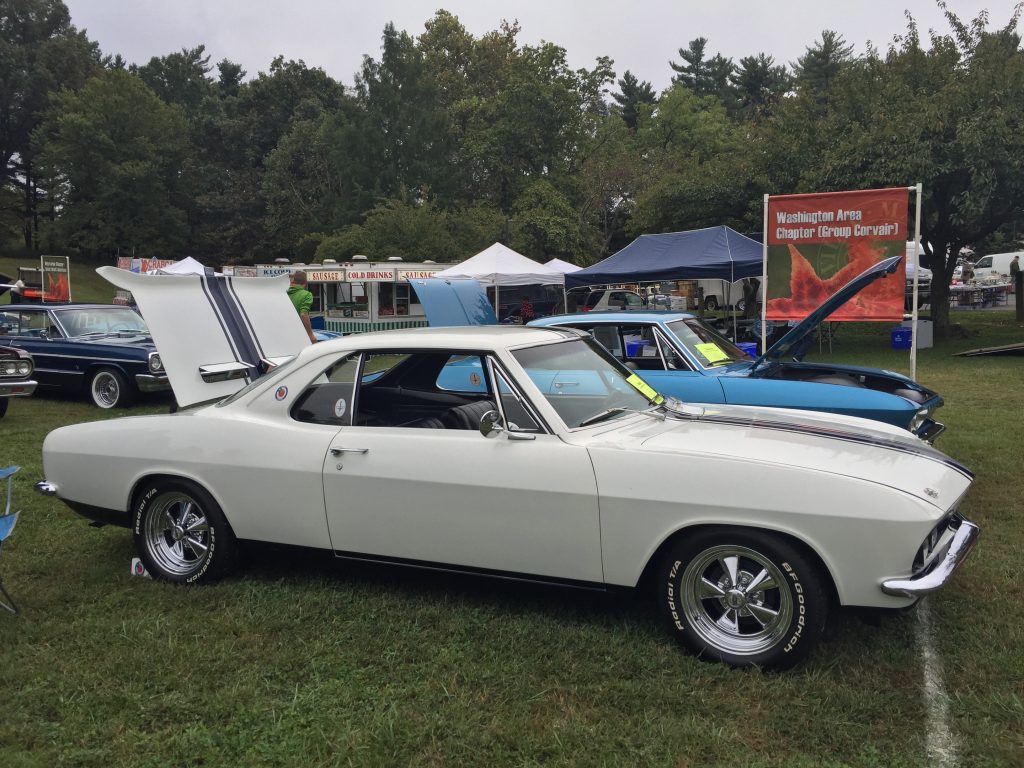
6. Chevrolet Corvair: Air-Cooled Rebel With an Electric Rebirth on the Horizon
The Chevrolet Corvair, to its current reputation for being the car behind Ralph Nader’s “Unsafe at Any Speed,” was still a pioneering car. Its air-cooled, rear-engine configuration and svelte dimensions made it stand out from the usual American sedan. Though safety issues led to the demise of its first performance, the Corvair’s design has held up well, and its light, boxy form is fitting into today’s retro fashion. As HotCars points out, a contemporary Corvair perhaps in sporty EV form might ride the waves of nostalgia and couple it with improvements that corrected past errors. The restomod phenomenon, with manufacturers such as Electric GT providing plug-and-play EV packages, already shows that traditional platforms can be reengineered for safety, performance, and green credentials.
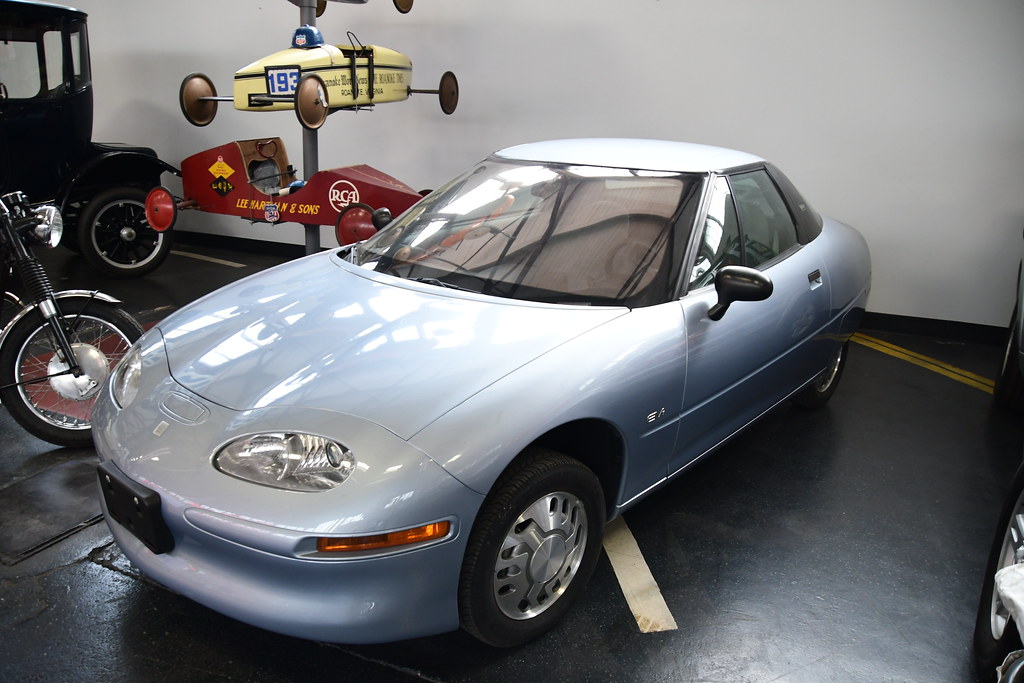
7. The Rise of EV Restomods: Classic GM Meets Modern Tech
The convergence of vintage GM design and electric power is no longer science fiction. At the 2021 SEMA Show, dozens of EV conversions ranging from muscle cars to off-roaders demonstrated the viability and appeal of electrified classics. Michael Bream of EV West observes, “You just want to figure out the constraints of doing a conversion on an old car and what the customer’s expectations are for range, power and cost.” Builders can now source entire used Tesla drive units for as low as $3,000, and firms such as Electric GT and Legacy EV provide turnkey conversion kits for a number of classic GM models. The outcome: zero-emission classics that preserve their original appeal but provide contemporary performance and dependability. The challenge is reconciling weight, battery location, and looks a feat that demands engineering expertise and regard for heritage.
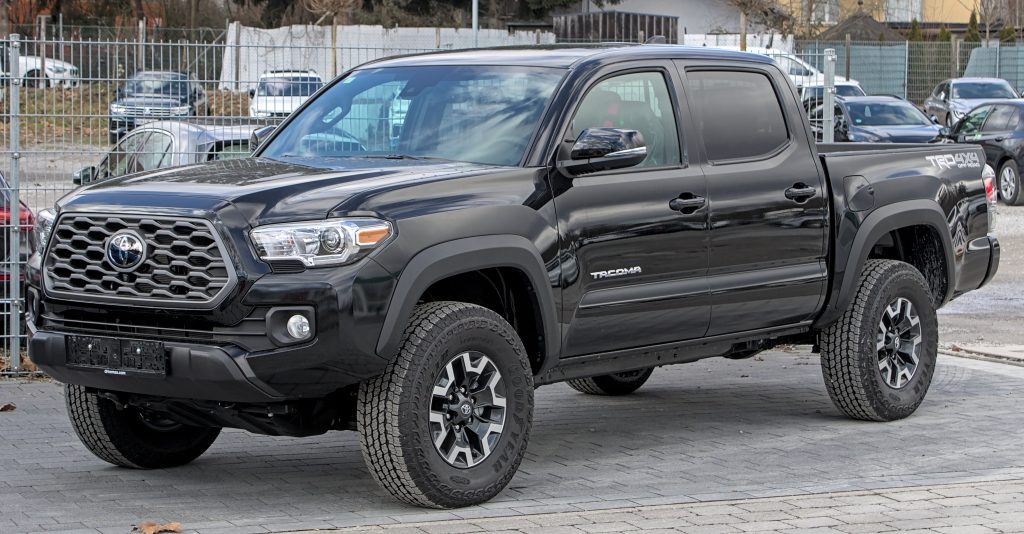
8. Lessons from GM’s Segment Exits: The Cost of Abandonment
History teaches us that once GM departs a market segment, the fight to restore its former glory is an uphill one. Following the discontinuation of the Blazer and Colorado, GM went back into those segments only to be behind competitors like Toyota and Jeep, whose steady presence solidified their control. As GM Authority’s analysis makes evident, “leaving a segment will more than likely result in an uphill battle position and also-ran status when/if GM decides to return to it in the future.” For fans of GM, this highlights the importance of bringing back popular nameplates before the relationship with loyal customers wears off. The moral of the story: innovation and nostalgia have to come together, or be left behind in a marketplace that values both tradition and advancement.
The histories of these canceled GM cars tell more than tales of lost potential they demonstrate the lasting strength of design, engineering, and fandom in shaping car culture. As restomod culture and electrification continue to build, the possibility of having these legends revived is no longer mere fantasy. For the faithful GM fan base, the future promises the best of both worlds: vintage personality, cutting-edge technology, and a new sense of what’s possible.


